When you flip on the bathroom light at 3 AM, the last thing you want to see is a spider scurrying across the floor or a silverfish darting behind the toilet. Yet bathrooms seem to be magnets for all sorts of uninvited guests, from tiny gnats to intimidating centipedes. While most people assume these creatures simply wander in by accident, the truth is far more fascinating and strategic. Your bathroom provides a carefully orchestrated environment that many insects and arthropods find absolutely irresistible. The combination of moisture, warmth, and hidden food sources creates what scientists call a “microhabitat” – a specialized environment that supports diverse bug populations. Understanding what draws these creatures to your most private space isn’t just about pest control; it’s about appreciating the complex survival strategies that have evolved over millions of years.
The Hidden World of Bathroom Moisture
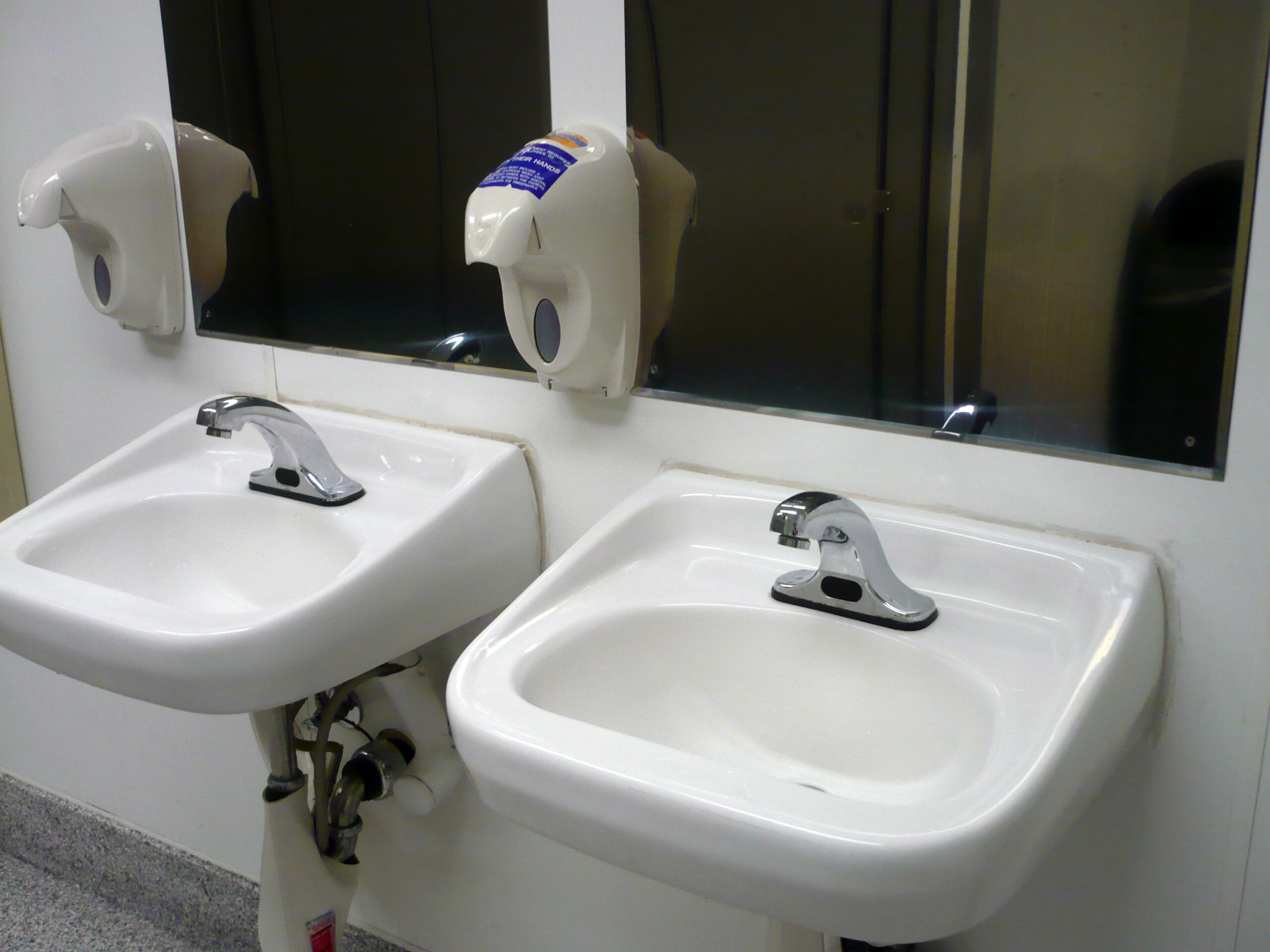
Moisture is the ultimate currency in the insect world, and your bathroom is essentially a treasure chest of humidity. Every hot shower creates a mini rainforest environment that can persist for hours, raising humidity levels to 60-80% – conditions that many insects desperately need to survive. Silverfish, for instance, require humidity levels above 75% to prevent their bodies from desiccating, making your steamy bathroom a literal oasis in an otherwise dry house.
But it’s not just the obvious moisture sources that attract bugs. The condensation that forms on mirrors, windows, and walls creates tiny water droplets that serve as drinking fountains for smaller insects. Even the slight moisture that seeps around pipe fittings and under tiles can create the perfect microclimate for eggs to develop and larvae to thrive. This explains why you might find springtails congregating around your shower drain or book lice near the base of your toilet.
Temperature Control: Your Bathroom’s Thermal Appeal
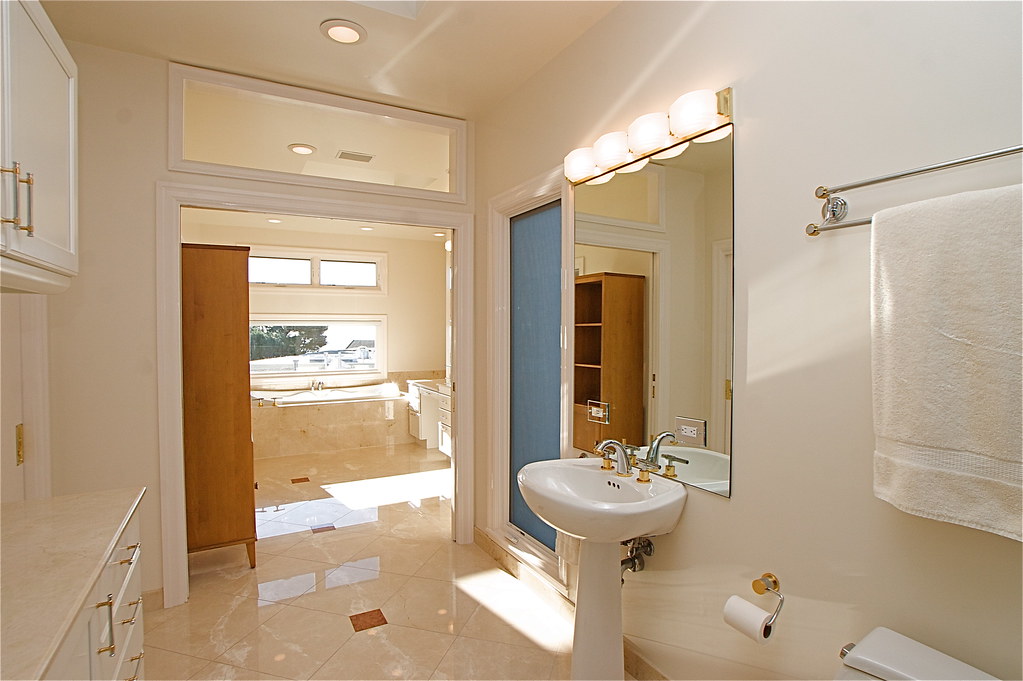
The consistent warmth of bathrooms creates an artificial tropical environment that many insects find irresistible. Most household pests are cold-blooded creatures that rely on external heat sources to regulate their body temperature and metabolic processes. Your bathroom’s stable temperature, typically 5-10 degrees warmer than other rooms, accelerates their life cycles and increases their activity levels.
This temperature advantage is particularly attractive during colder months when insects struggle to survive in other parts of your home. House centipedes, for example, become sluggish and vulnerable when temperatures drop below 60°F, but your heated bathroom provides them with the warmth they need to remain active hunters. The thermal mass of your bathtub and shower tiles also helps maintain consistent temperatures even when heating systems cycle on and off.
The Soap Scum Buffet
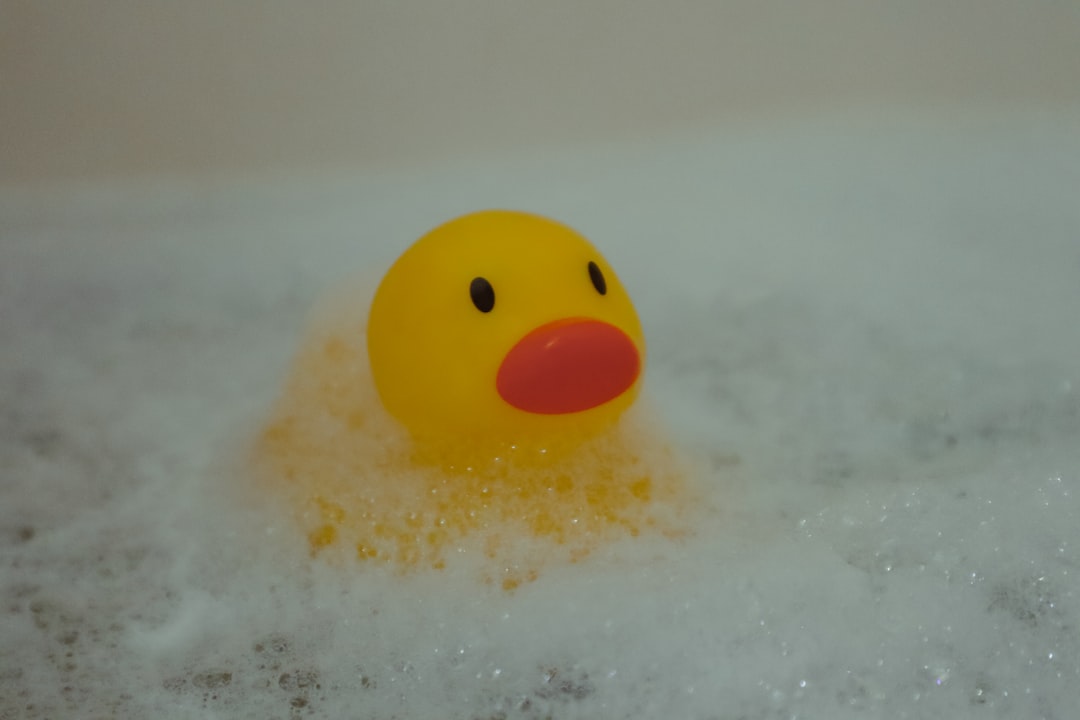
What looks like an annoying cleaning chore to you represents a five-star dining experience for many bathroom bugs. Soap scum isn’t just dried soap – it’s a complex mixture of soap residue, dead skin cells, hair, and various organic compounds that serve as food sources for numerous insects. Silverfish are particularly fond of the starches and proteins found in soap residue, while drain flies feed on the biofilm that accumulates in pipes and around fixtures.
The minerals in hard water create additional feeding opportunities by forming calcium and magnesium deposits that some insects can actually digest. Even the microscopic algae and bacteria that grow on soap scum provide nutrition for tiny insects like psocids (booklice). This explains why regular cleaning dramatically reduces bug populations – you’re literally removing their food supply.
Hair and Skin: Nature’s Protein Bars
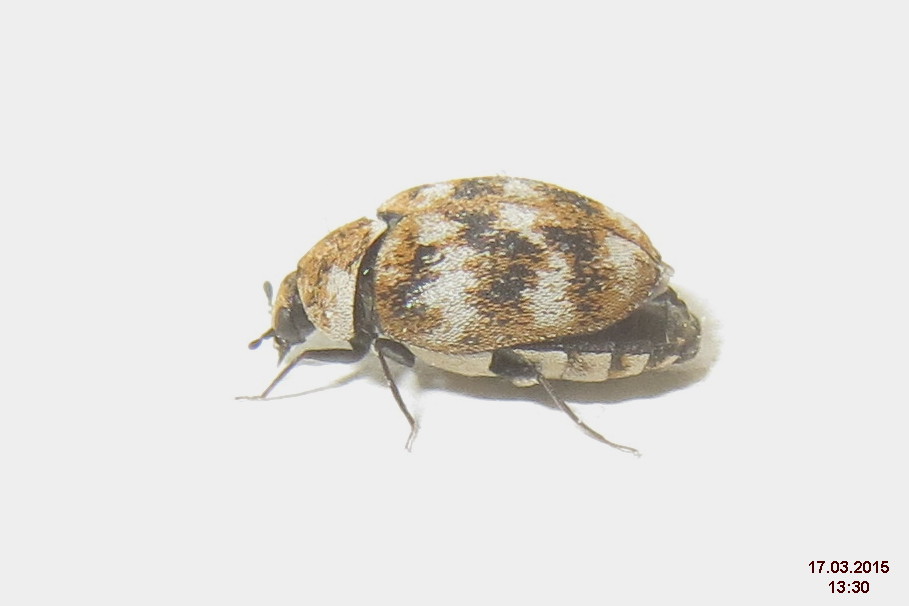
Every time you shower, brush your hair, or towel off, you’re inadvertently creating a protein-rich feast for bathroom insects. Human hair contains keratin, a protein that certain insects have evolved to digest, while dead skin cells provide essential nutrients and moisture. Carpet beetles, though more commonly associated with fabrics, will readily consume hair and skin debris in bathroom environments.
The microscopic scale of this organic matter means it can accumulate in places you’d never think to clean – behind the toilet, in the crevices of tile grout, and inside drain covers. These hidden caches of protein create long-term food sources that can sustain insect populations for weeks or even months. Even the lint that accumulates in bathroom rugs and towels becomes part of this nutritional ecosystem.
Plumbing: The Underground Highway System
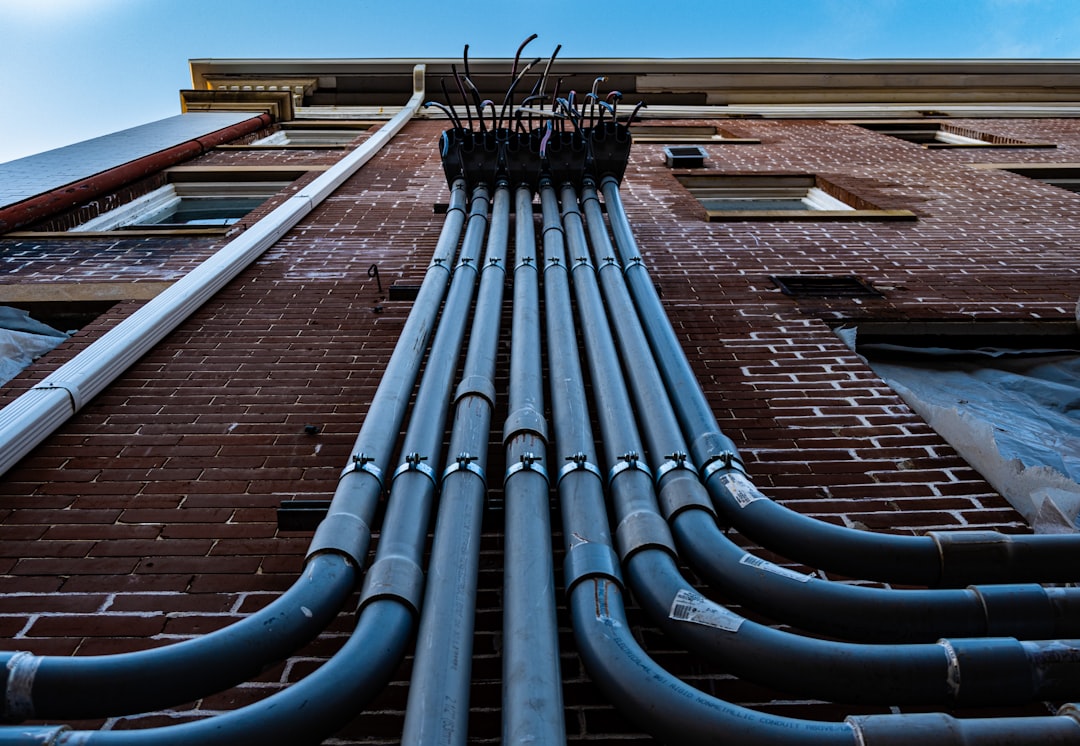
Your bathroom’s plumbing system serves as an elaborate transportation network that connects your home to the outside world and other rooms. Drain pipes, in particular, provide dark, moist corridors that insects use to navigate between different areas of your house. The S-trap under your sink, designed to prevent sewer gases from entering your home, also creates a permanent water source that attracts moisture-loving insects.
Many bathroom bugs don’t actually originate in the bathroom itself but travel through the plumbing system from basements, crawl spaces, or even neighboring apartments in multi-unit buildings. The constant flow of water through pipes creates air currents that can carry insect pheromones and other chemical signals, essentially advertising your bathroom as a suitable habitat to bugs throughout your home’s infrastructure.
Toothpaste and Personal Care Products
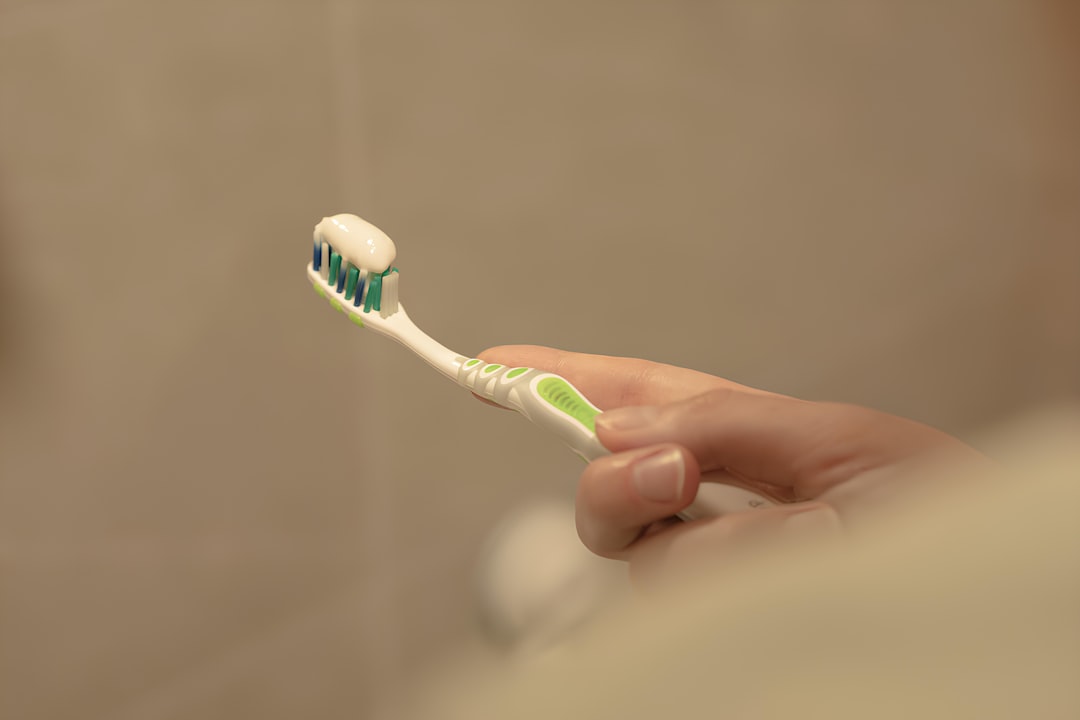
The sweet, minty taste of toothpaste that refreshes your mouth also attracts sugar-seeking insects like ants and fruit flies. Many personal care products contain glycerin, sorbitol, and other compounds that insects can detect and consume. Even seemingly non-food items like shampoo and conditioner contain proteins and oils that certain insects find nutritious.
The residue from these products often accumulates around sink drains and on countertops, creating invisible feeding stations that can sustain small insect populations. Pharmaceutical products, particularly those containing sugar-based compounds, can be especially attractive to insects. The combination of accessibility and nutritional value makes your bathroom cabinet a surprisingly important factor in insect infestations.
Lighting: The Bathroom Beacon
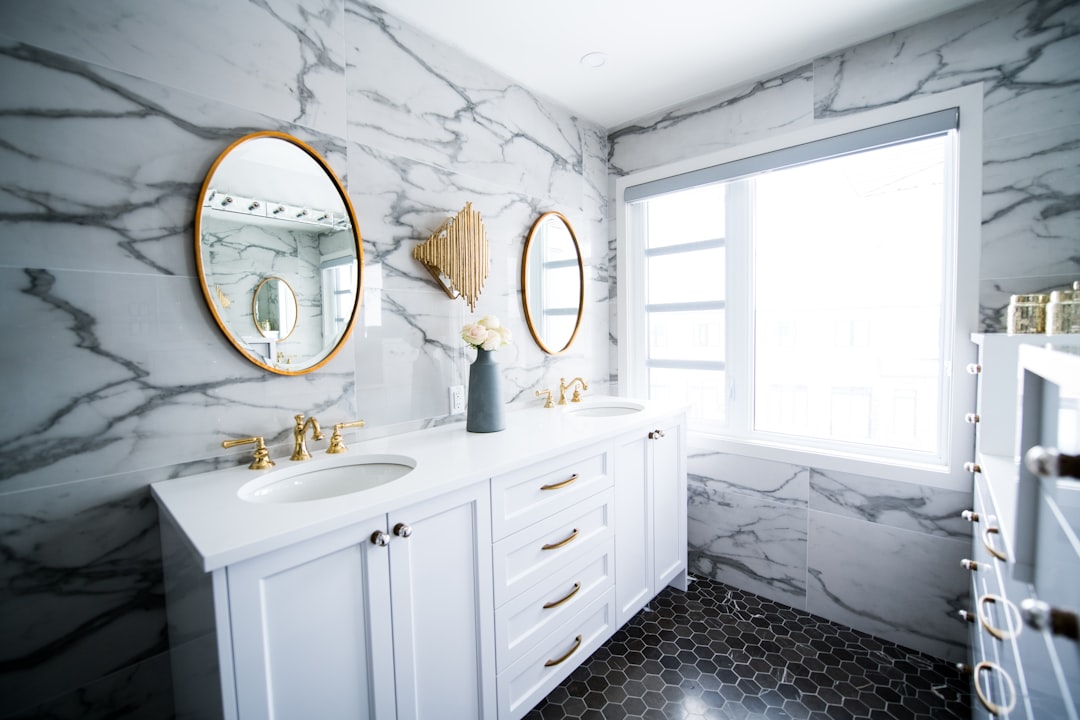
Bathroom lights serve as powerful attractants for many flying insects, particularly during evening hours when outdoor light sources are scarce. The warm glow of incandescent bulbs and the intense brightness of LED fixtures can draw insects from considerable distances. This phototactic behavior – the tendency to move toward or away from light sources – has evolved as a navigation system that many insects use to orient themselves in relation to the moon and sun.
The confined space of a bathroom amplifies the light’s attractive power, creating what entomologists call a “light trap” effect. Flying insects that enter through small gaps or open windows become disoriented by the artificial light and may remain in the bathroom for extended periods. This is particularly true for moths, which can become trapped in bathrooms for days, eventually dying from exhaustion or dehydration.
Ventilation Systems: The Insect Superhighway
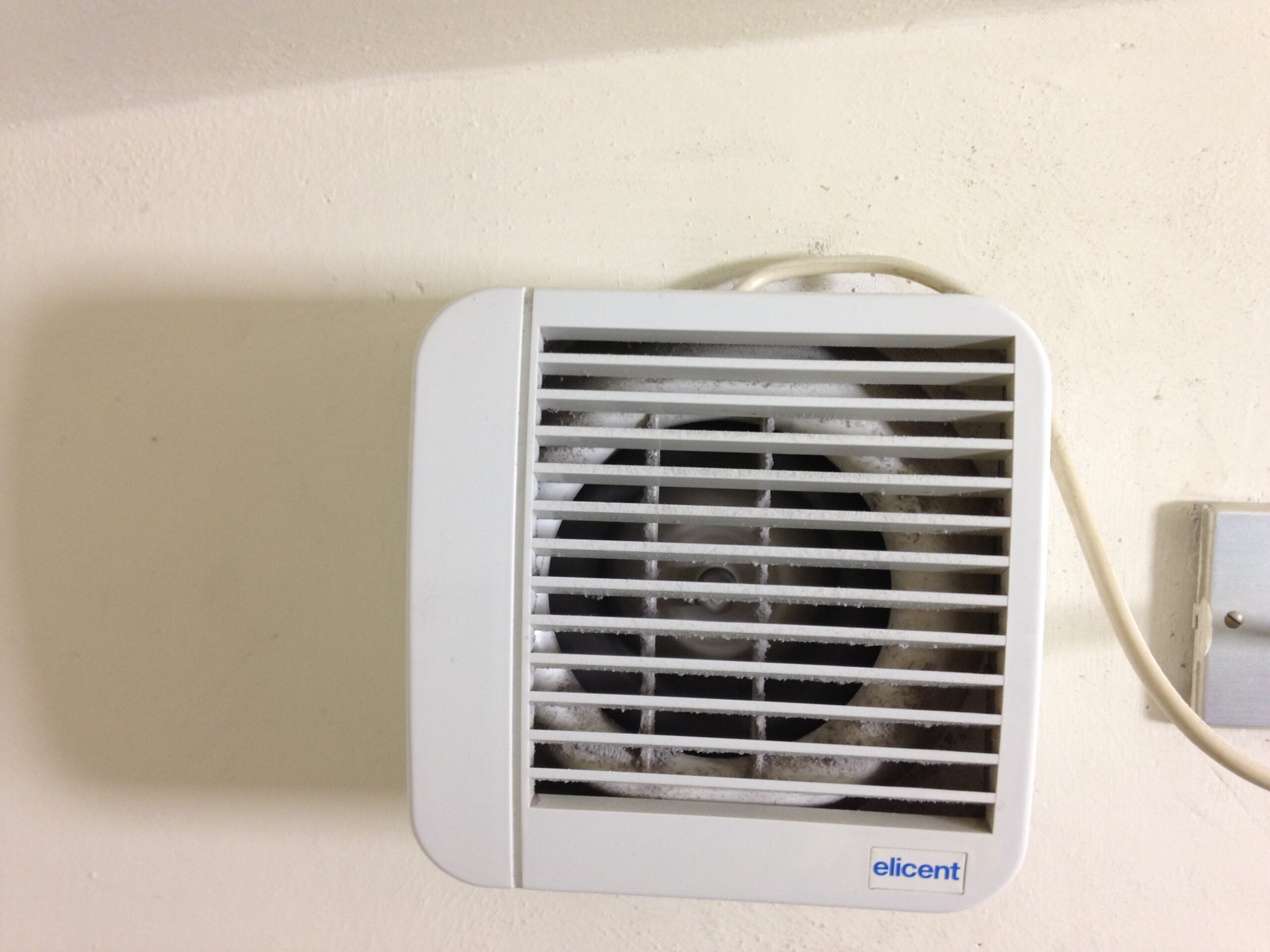
Your bathroom’s ventilation fan, designed to remove moisture and odors, can inadvertently serve as an express lane for flying insects. The air currents created by these systems can carry insects from attics, crawl spaces, or even the outdoors directly into your bathroom. Many insects are skilled at riding air currents to conserve energy during flight, and your exhaust fan creates the perfect updraft for this behavior.
The ductwork connected to bathroom fans often provides insects with protected travel routes throughout your home’s structure. Gaps in duct connections, damaged screens, or improperly sealed exterior vents can allow insects to enter your ventilation system and eventually emerge in your bathroom. This is particularly common with small flying insects like gnats and fruit flies, which can navigate even narrow ductwork passages.
Cotton and Fabric Fibers

The towels, bath mats, and shower curtains in your bathroom represent a buffet of natural fibers that many insects find irresistible. Cotton, linen, and other plant-based materials contain cellulose, which certain insects can digest with the help of specialized gut bacteria. Carpet beetles and clothes moths are particularly attracted to natural fibers, especially when they’re slightly damp and contain traces of body oils or soap residue.
Even synthetic materials can harbor food sources for insects when they accumulate dead skin cells, hair, and soap residue. The warm, humid environment of bathrooms accelerates the breakdown of these materials, making them more accessible to insects with limited digestive capabilities. This is why bathroom textiles often show signs of insect damage before similar items in drier areas of the home.
Plant Life: The Unexpected Ecosystem
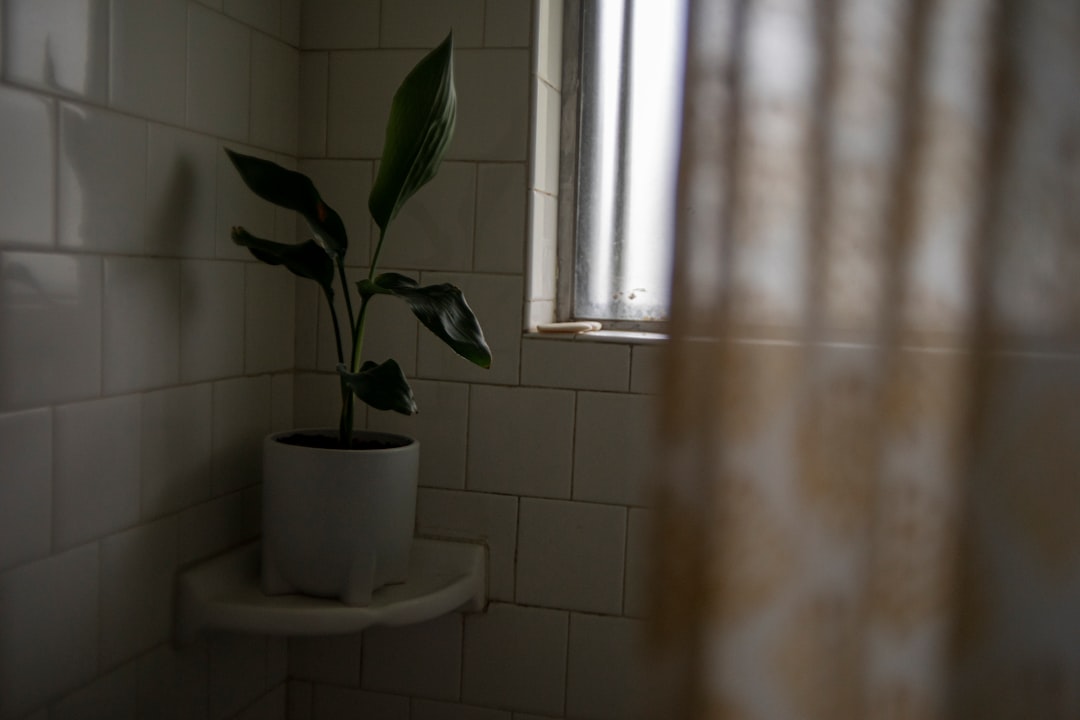
Many people place plants in their bathrooms to take advantage of the high humidity and warm temperatures, but these green additions can significantly increase insect activity. Bathroom plants often develop fungal infections or bacterial growth due to the moist environment, which attracts fungus gnats and other insects that feed on decaying organic matter. The soil in potted plants can also harbor various insects and their larvae.
Even artificial plants can contribute to insect problems by collecting dust, dead skin cells, and other organic debris that provide food sources for various bugs. The combination of plants and bathroom conditions creates a mini-ecosystem that can support diverse insect populations. This is particularly true for plants with broad leaves that can collect moisture and provide hiding spots for insects during daylight hours.
Water Quality and Mineral Deposits
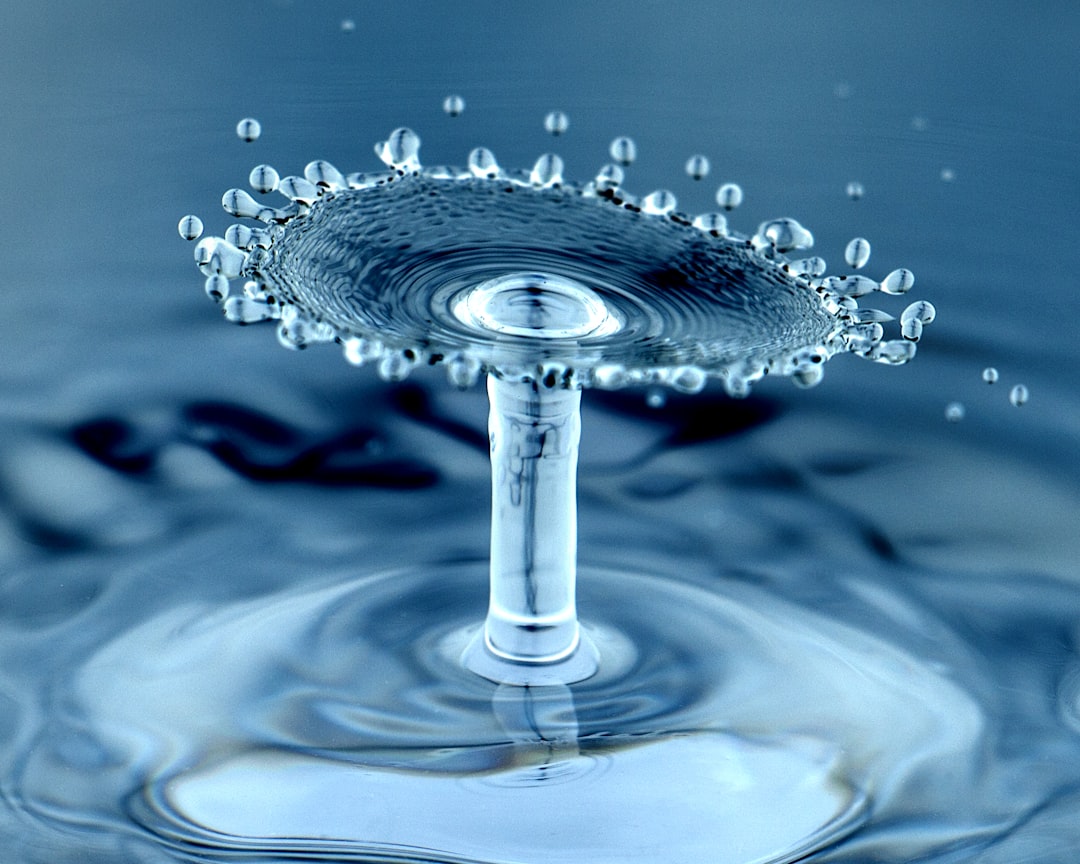
The quality of your water supply plays a surprising role in determining which insects are attracted to your bathroom. Hard water, rich in calcium and magnesium, creates mineral deposits that certain insects can actually consume as nutritional supplements. These deposits often accumulate in areas where water evaporates regularly, such as around faucets and showerheads, creating concentrated feeding sites.
Chlorinated water, while safe for human consumption, can create chemical reactions with organic matter that produce compounds attractive to insects. The chlorine itself typically evaporates quickly, but the residual effects can alter the pH and chemical composition of soap scum and other organic deposits. Some insects are particularly sensitive to these chemical changes and may be either attracted to or repelled by specific water treatment chemicals.
Seasonal Migration Patterns
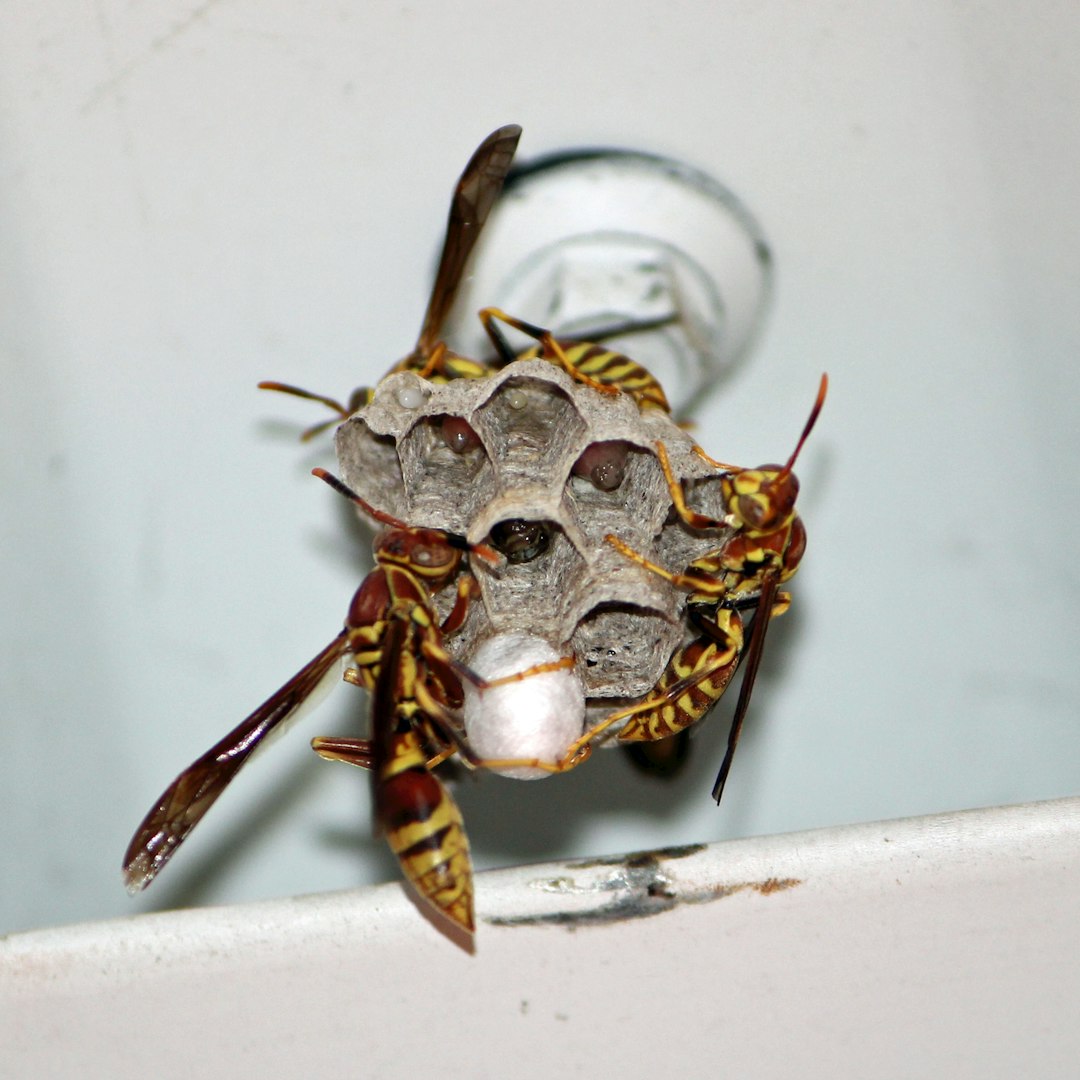
Many bathroom insects follow predictable seasonal patterns that correspond with their life cycles and changing environmental conditions. During autumn, insects seek warm, protected spaces to overwinter, making your heated bathroom an attractive refuge. Spring brings increased insect activity as eggs hatch and populations expand, often leading to sudden increases in bathroom bug sightings.
Summer’s heat and humidity can drive insects to seek cooler, more comfortable environments, while winter’s cold makes your bathroom’s consistent warmth even more appealing. Understanding these seasonal patterns can help predict when insect activity is likely to increase and when preventive measures might be most effective. Some insects, like cluster flies, specifically target indoor environments during certain seasons, making bathrooms temporary staging areas for larger infestations.
Chemical Signals and Pheromones
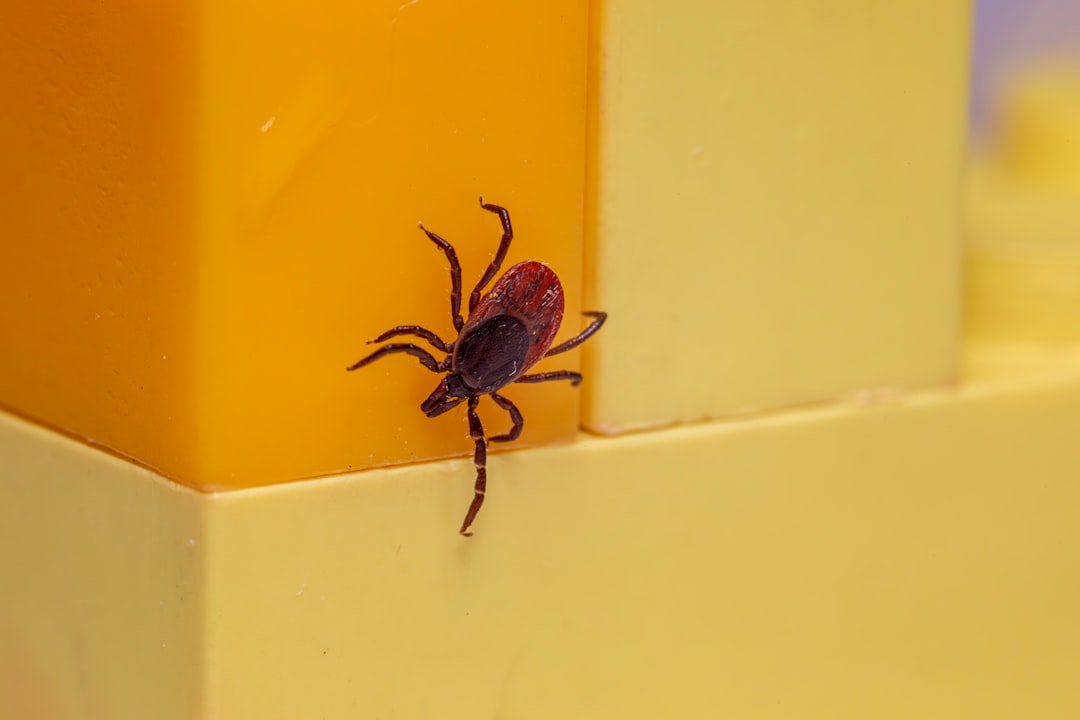
The confined space of bathrooms can concentrate chemical signals that insects use to communicate and locate resources. Pheromones – chemical compounds that insects release to attract mates or mark territory – can accumulate in small spaces and create powerful attractants for similar species. Once a few insects establish themselves in your bathroom, their chemical signatures can draw others from throughout your home.
Many cleaning products and personal care items contain synthetic chemicals that can mimic natural pheromones or interfere with insect communication systems. Some insects are attracted to specific fragrances or chemicals used in soaps and shampoos, while others may be repelled by the same compounds. This chemical complexity means that changing your personal care products can sometimes dramatically affect insect activity in your bathroom.
Hidden Spaces and Shelter
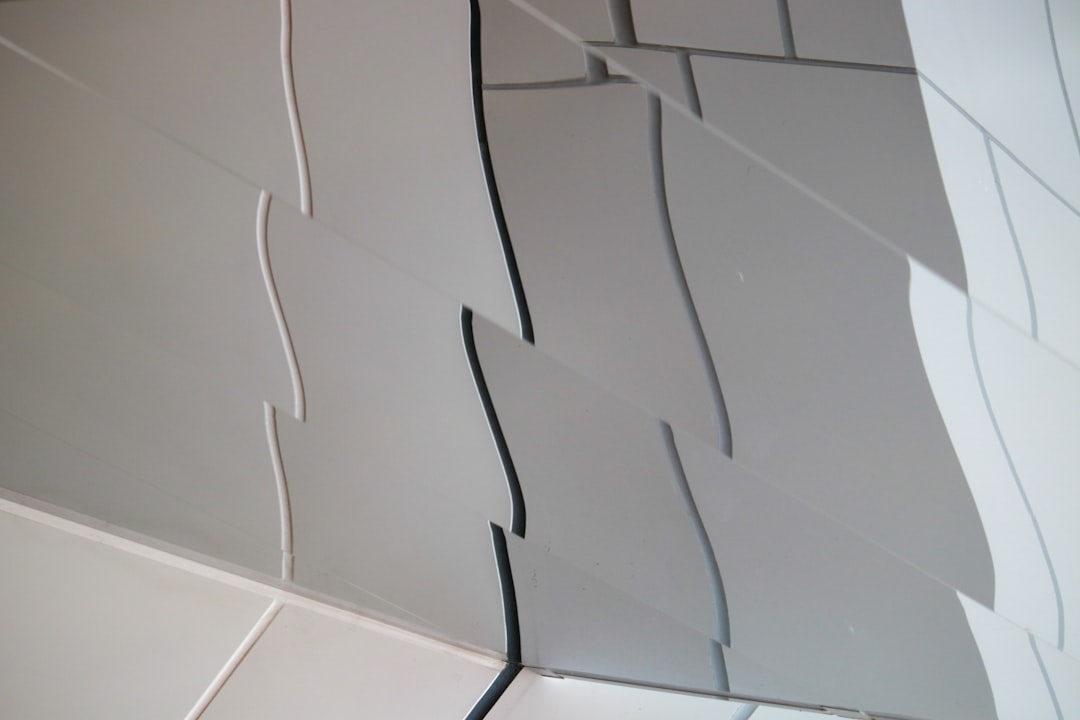
Bathrooms offer numerous hiding spots that provide insects with the security they need to establish colonies and reproduce. The space behind toilets, under sink cabinets, and within wall cavities around plumbing fixtures create dark, undisturbed areas where insects can remain hidden during daylight hours. These microhabitats often maintain different temperature and humidity levels than the main bathroom space, allowing for diverse insect communities.
The construction materials used in bathrooms, particularly the grout between tiles and the caulk around fixtures, can develop small cracks and gaps that serve as perfect insect shelters. These spaces are often overlooked during cleaning, allowing insects to establish permanent populations that can persist for months or even years. The three-dimensional nature of bathroom fixtures creates numerous vertical and horizontal surfaces that insects can use for shelter and movement.
Conclusion
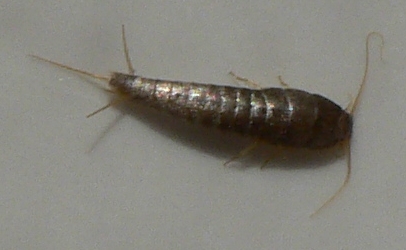
The humble bathroom reveals itself as a complex ecosystem where temperature, moisture, food sources, and shelter converge to create an insect paradise. From the protein-rich buffet of soap scum and dead skin cells to the thermal comfort of heated tiles, every element of your bathroom serves a purpose in the intricate survival strategies of household insects. Understanding these attractions isn’t just about pest control – it’s about appreciating the remarkable adaptability of creatures that have learned to thrive in human-made environments.
The next time you encounter a bug in your bathroom, remember that it’s not there by accident but by evolutionary design. These creatures have spent millions of years developing the sensory capabilities and behavioral patterns that lead them straight to your most private spaces. By recognizing what draws them in, you can make informed decisions about prevention while gaining a deeper appreciation for the hidden natural world that exists right under your nose.
What surprises you most about the secret life happening in your bathroom?
